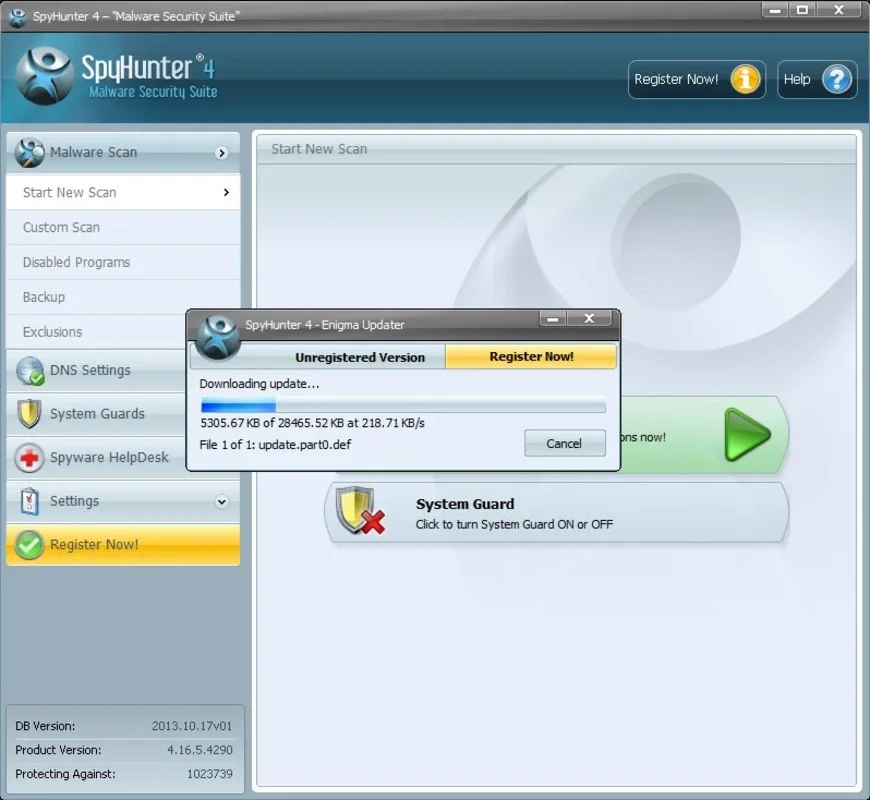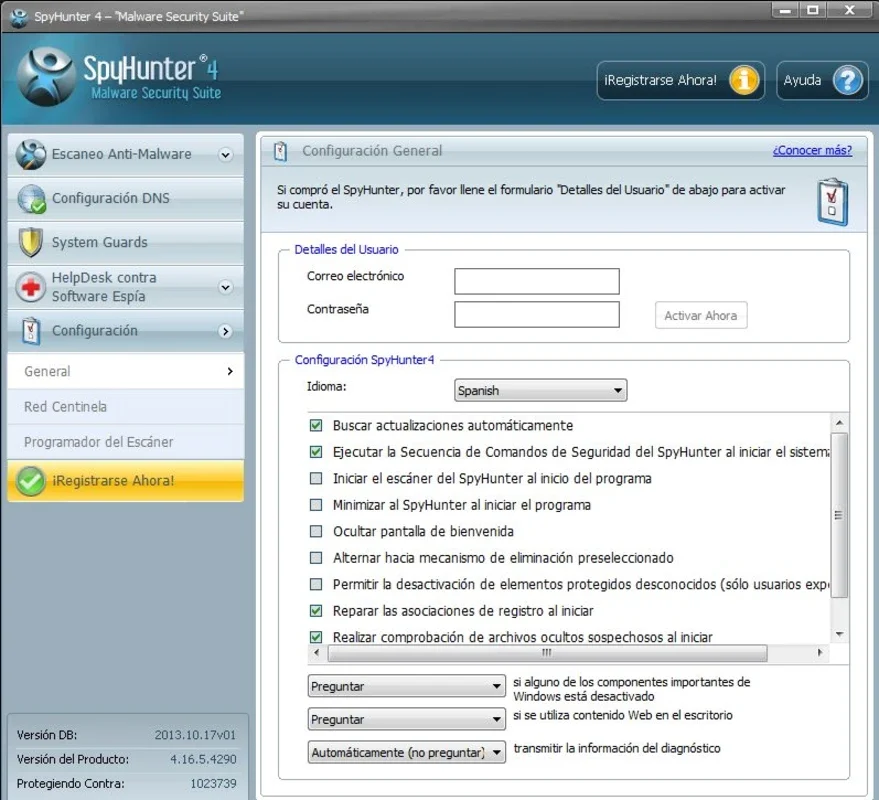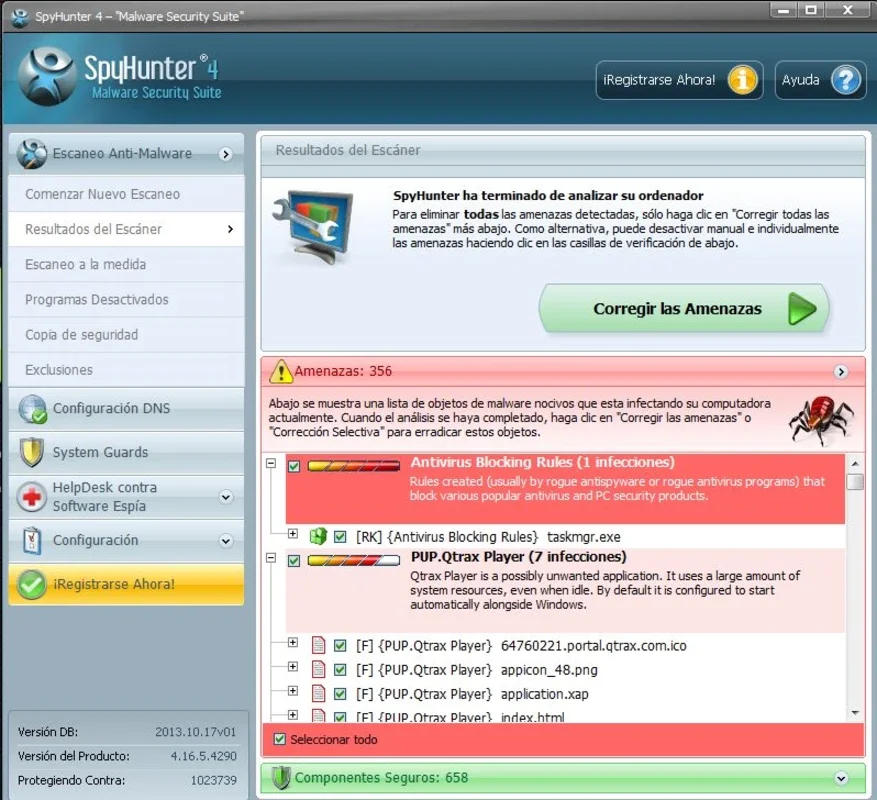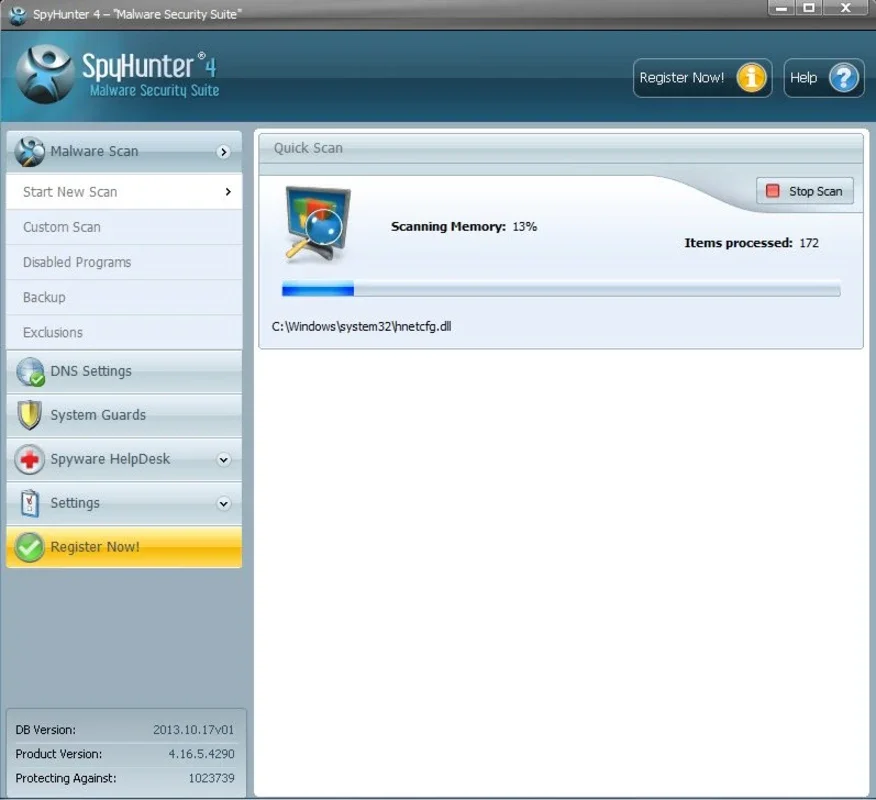CryptoLocker Ransomware App Introduction
CryptoLocker Ransomware is a serious threat to computer systems, encrypting files and demanding a ransom for their release. This comprehensive guide explores CryptoLocker's workings, prevention strategies, and recovery options. Understanding this malware is crucial for protecting your digital assets.
Understanding CryptoLocker Ransomware
CryptoLocker, and its variants, are notorious for their sophisticated encryption techniques. Unlike simpler malware that might merely delete or corrupt files, CryptoLocker encrypts your data, rendering it inaccessible without the decryption key held by the attackers. This key is typically only released after a ransom is paid, often in untraceable cryptocurrencies.
How CryptoLocker Works
The infection process often begins with a phishing email, malicious website, or a compromised software download. Once executed, the ransomware quickly scans your system, identifying valuable files such as documents, images, videos, and databases. It then encrypts these files using strong encryption algorithms, making them unusable.
After encryption, a ransom note appears, usually detailing the amount demanded and instructions for payment. The attackers often employ scare tactics, threatening to permanently delete the files if the ransom isn't paid within a specific timeframe. It's important to note that there's no guarantee that paying the ransom will result in the decryption key being provided.
Types of CryptoLocker Variants
CryptoLocker has evolved over time, with numerous variants emerging. These variants may differ in their encryption methods, ransom demands, and delivery mechanisms. However, the core functionality remains the same: encrypting files and demanding a ransom.
Preventing CryptoLocker Infection
Prevention is always better than cure. Here are some essential steps to minimize your risk of CryptoLocker infection:
- Regular Software Updates: Keep your operating system, antivirus software, and other applications updated with the latest security patches. These updates often include fixes for vulnerabilities that ransomware can exploit.
- Strong Passwords: Use strong, unique passwords for all your online accounts. Avoid using easily guessable passwords or reusing passwords across multiple accounts.
- Email Caution: Be wary of suspicious emails, especially those containing attachments or links from unknown senders. Avoid clicking on links or opening attachments from untrusted sources.
- Secure Browsing: Only visit reputable websites and avoid clicking on suspicious links or ads. Use a reputable antivirus program with real-time protection.
- Backup Regularly: Regularly back up your important files to an external hard drive, cloud storage, or other secure location. This ensures that you have a copy of your data even if it's encrypted by ransomware.
- Firewall Protection: Enable your firewall to block unauthorized access to your computer. A firewall acts as a barrier, preventing malicious software from entering your system.
- Antivirus Software: Install and maintain a reputable antivirus program with real-time protection. Regularly scan your system for malware and viruses.
- Educate Users: Educate yourself and others in your household or workplace about the risks of ransomware and how to avoid it.
Recovering from a CryptoLocker Infection
If your system is infected with CryptoLocker, the first step is to disconnect from the internet to prevent further damage. Do not pay the ransom unless you have exhausted all other options. Here are some recovery strategies:
- Data Recovery Tools: Several data recovery tools can attempt to recover encrypted files. However, the success rate depends on the type of encryption used and the extent of the damage.
- System Restore: If you have a system restore point created before the infection, you can attempt to restore your system to that point. This may recover some of your files, but it's not guaranteed to work.
- Professional Help: Consider seeking professional help from a cybersecurity expert or data recovery specialist. They may have specialized tools and techniques to recover your data.
- Reporting the Incident: Report the incident to the appropriate authorities, such as your local law enforcement or the FBI's Internet Crime Complaint Center (IC3).
Comparing CryptoLocker to Other Ransomware
CryptoLocker isn't the only ransomware out there. Many other variants exist, each with its own characteristics. Some, like WannaCry, spread rapidly through network vulnerabilities, while others rely on phishing emails. Understanding the differences between various ransomware families helps in developing targeted prevention and recovery strategies. However, the core principle remains consistent: prevention through robust security practices is paramount.
Conclusion
CryptoLocker ransomware poses a significant threat to individuals and organizations. By understanding its mechanisms, implementing robust prevention strategies, and having a recovery plan in place, you can significantly reduce the risk of falling victim to this dangerous malware. Remember, proactive security measures are the best defense against ransomware attacks.




